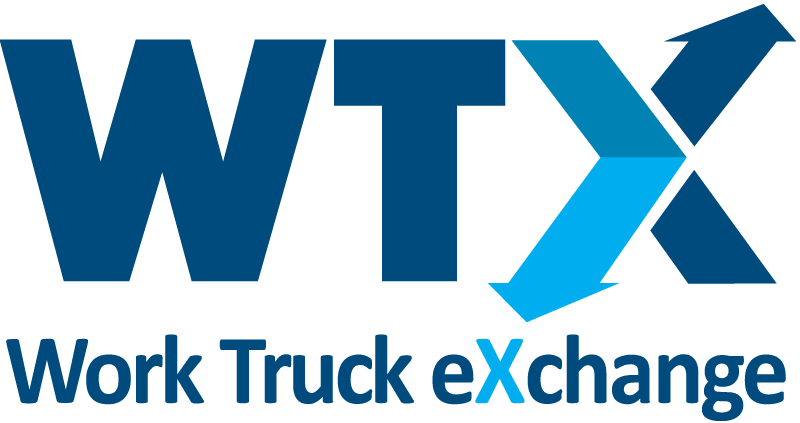The annual safety campaign, sponsored by NETS, will focus this year on preventing distracted driving and promoting eco-friendly driving.
Cost Control is Constrained Without Driver Buy-in
The fundamental requirements of your business necessitates minimum fleet equipment specifications that, as a result, pre-define the expense parameters from both a fixed and operating cost perspective. If you acquire vehicle assets that best fulfill your fleet application, then any supplemental cost reduction will only be based on incremental refinements The best way to achieve additional cost reduction is by modifying driver behavior.


